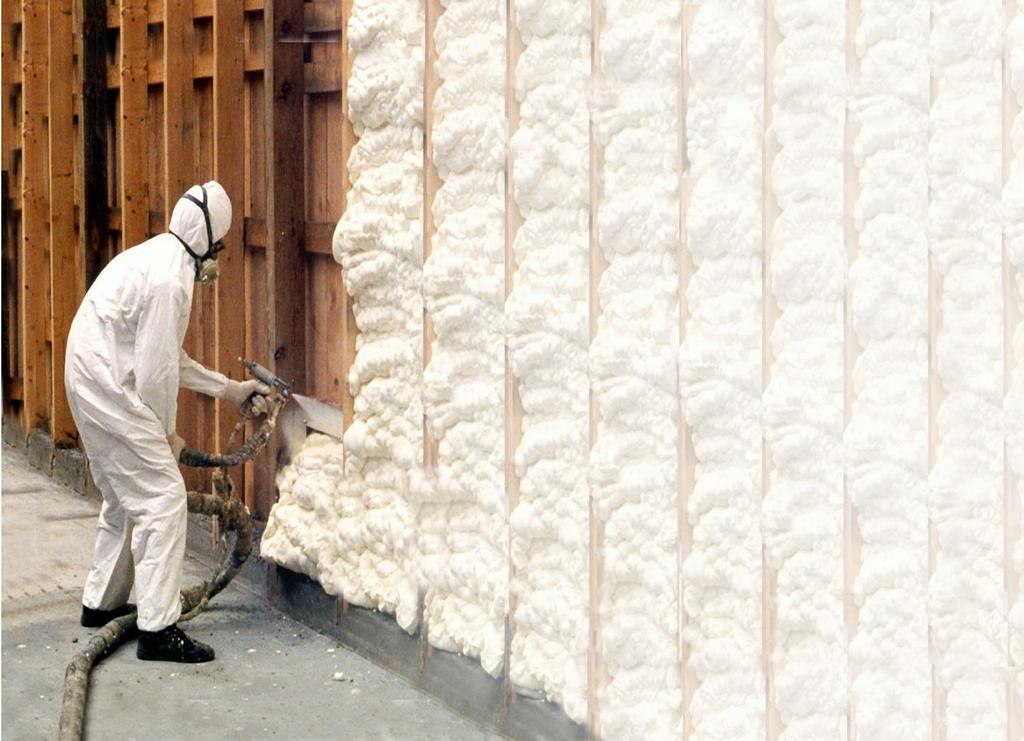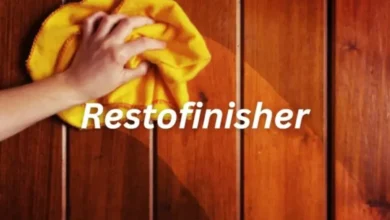Guide to Different Types of Insulation in the UK

If you live in the UK and want to keep your home comfortable and lower your energy costs and carbon footprint, you need to insulate it.
But there are way too many options out there and finding the one you prefer is not simple.
We briefly discuss different kinds of insulation and why spray foam insulation is the best choice for you.
- Blanket Insulation (Mineral Wool or Fiberglass)
Blanket insulation, which comes in rolls of mineral wool or fiberglass, is the most common and least expensive type of insulation. Usually, these materials are used to insulate lofts.
They are put between the joists to keep heat from escaping through the roof. Even though blanket insulation is cheap, it can be hard to put in tight spaces and may settle over time, making it less useful.
- Loose-fill Insulation
If you want a flexible option, loose-fill insulation made from cellulose fiber or mineral wool can be blown into holes and hard-to-reach places.
It is great for adding to insulation that is already there or filling in spaces that are not perfectly round. But loose-fill insulation can settle, and it might need to be put in by a professional.
- Rigid Foam Boards
You can insulate flat roofs, walls, and floors very well with rigid foam boards made of expanded polystyrene (EPS) or extruded polystyrene (XPS).
These boards can easily be cut to fit certain spaces and have a high thermal resistance. It’s more expensive than other options but promises good performance and durability.
- Multifoil Insulation
Multifoil insulation is made up of many layers of foil that reflects light and materials that keep heat in, like wool or foam.
It saves space and can be used in places like loft conversions or timber-framed walls that do not have a lot of room.
But multifoil insulation might not keep heat in as well as other materials, and it can be harder to put in place.
- Spray Foam Insulation
Out of all the different types of insulation, spray foam is the best choice for UK homeowners.
Spray foam has one of the highest R-values (a measure of thermal resistance) per inch, so it insulates better than other materials that are the same thickness.
Traditional insulation materials leave cracks and gaps, but spray foam expands and seals every space, making a barrier that keeps air out.
It doesn’t let water in easily so mold and mildew can’t grow. Mold and mildew can damage buildings and make people sick.
Spray foam is a rigid, long-lasting material that will not settle or break down over time. It will keep insulating your home for decades.
It’s a flexible way to insulate any part of your home because it can be used on walls, roofs, floors, and even odd-shaped surfaces.
Spray foam is good at keeping heat in, but it can also help keep noise out, making your home quieter.
Installation Considerations
Remember that spray foam should only be put in by trained professionals who follow all safety rules. Off-gassing is a problem born of bad installation. This can be harmful to your health.
Look for installers with a good reputation, a lot of experience, and high-quality spray foam products that are used in accordance with best practices in the industry.
Isothane specializes in polyurethane foam solutions, serving industries like construction, marine, and film & TV. Their products are essential for insulation, waterproofing, and floatation. The company is committed to delivering high-quality materials and offers comprehensive technical support. Continually expanding their product line to meet industry demands, Isothane is recognized as a reliable manufacturer and problem-solver in the polyurethane foam technology sector.





